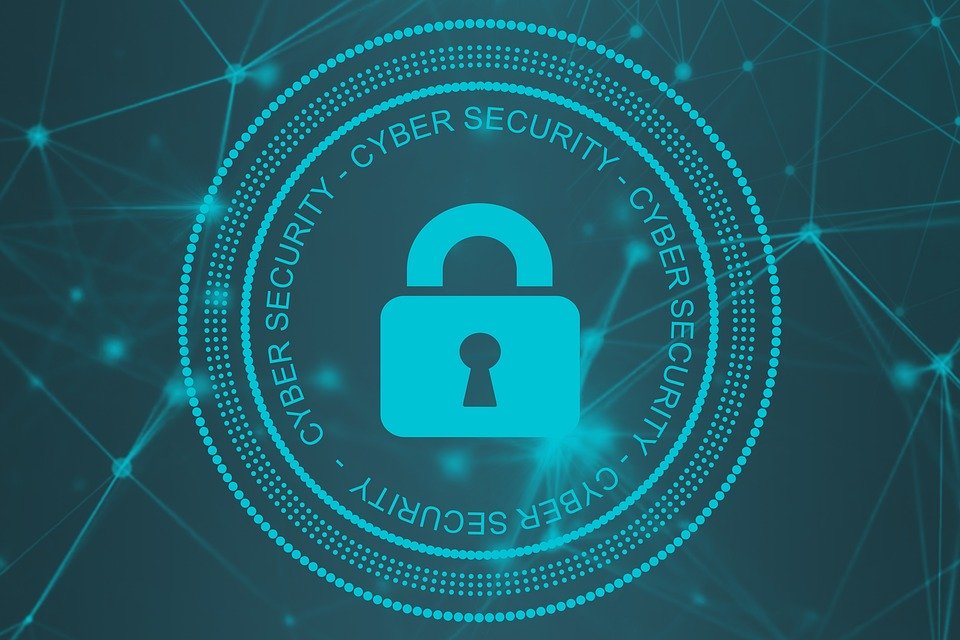
Cybersecurity management comprises a wide swath of different systems and applications that help to protect your digital identity, maintain access management, and enhance overall digital safety. With the ever-growing reliance on technology and interconnectivity, it's no surprise that there's an acute focus on cybersecurity and systems protection.
So, how do cybersecurity management systems work? What parts are integral? How do these seemingly disparate parts meld together into a holistic digital defense mechanism? From access control to the drawbacks of legacy systems, here's what you need to know.
A Focus on Access Management
While a large number of digital threats come from external sources, internal user access negligence can also spread significant security gaps and vulnerabilities. This is why there's such an emphasis on identity and access management (IAM). IAM is an approach to cybersecurity that seeks to identify and designate specific roles for user access, regulate those roles, and facilitate their management for the entire lifecycle of the account. IAM systems are integral for not only internal account verification but they help put stopgaps in place for security flaws like single sign-on protocols (SSO) as well.
IAM systems also have functions outside of internal security. For systems that allow different tiers of access (i.e. consumer, analyst, executive), IAM makes it easier to enact account protections on a wider level. An administrator can enable privileged access management for certain roles that, barring other accounts from accessing sensitive data or restricted digital spaces. It may seem as though IAM serves a very niche function but, for most businesses, it's a necessary component of their overall security strategy. Instead of viewing IAM as a compartment within the overall realm of security, it's easier to think of IAM as one of the undercurrents driving the modern machine of cybersecurity.
Legacy Systems Usage
These days, very few businesses opt to rely on legacy systems, and there's a good reason for it. As a whole, cloud connectivity enables business to be conducted on a much larger scare— and much more quickly at that. The efficiency gains enacted by cloud integration enhance productivity by such a degree that relying on older systems simply doesn't make much economic sense. However, the transition from legacy systems to a more cloud-based infrastructure has initiated the underlying need for cybersecurity measures in the first place.
With legacy equipment, servers were physically held and maintained within an on-premises location. While there were still definite vulnerabilities to these setups (many stemming from the propensity for human error), there are pundits who would gladly argue that legacy setups were, in a sense, safer. Whether or not this is true is a discussion for another time. However, it's true that cloud systems have many different security considerations than their physically provisioned counterparts. Of course, this is part of the overall trade. Do you open your data up to outside threats by relying heavily on cloud integration and virtual servers? Or do you restrict the mobility of your business by opting for a legacy system that can't compete in terms of computing power but has less-visible risks?
Ultimately, a large portion of cybersecurity is proactive as opposed to reactive. Risk management carries a lot of sway in the industry, and it's important to be able to detect and thwart threats initially as opposed to attempting to undo the damage they cause. The future of the industry looks incredibly promising, especially with the way technology continues to advance. With the advent of tools like stronger AI and machine learning, it's uncertain how much longer the human component will factor into ongoing security efforts. As it stands, however, a comprehensive cybersecurity management system is a must in the digital era.
